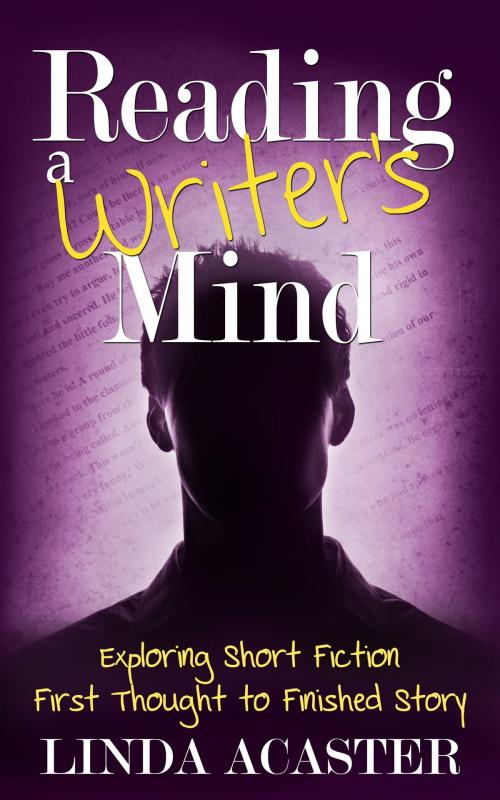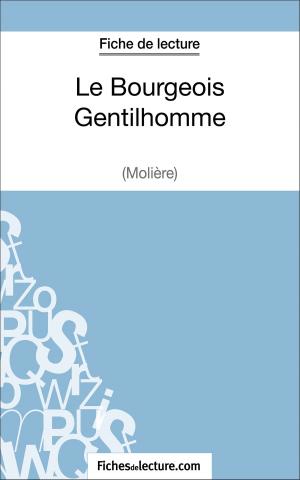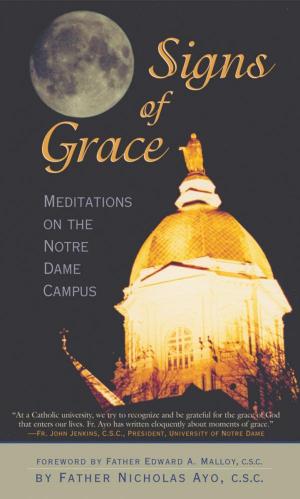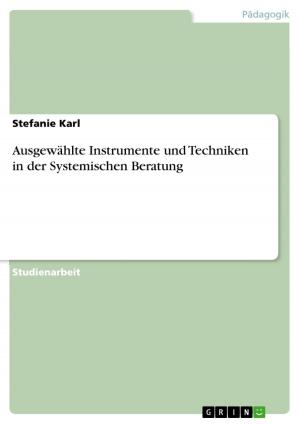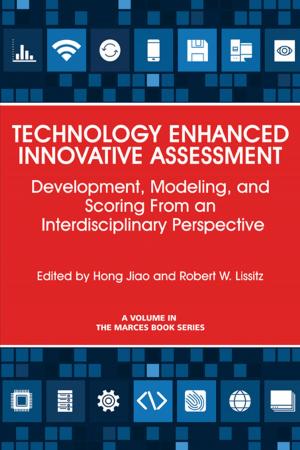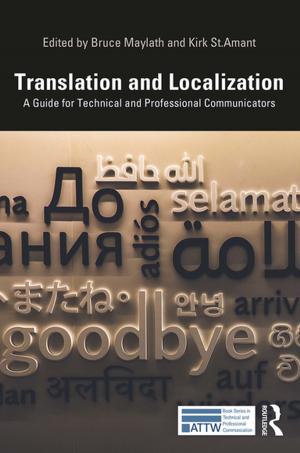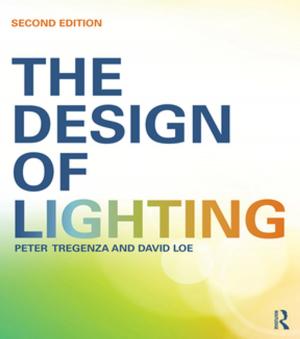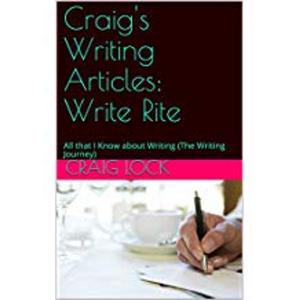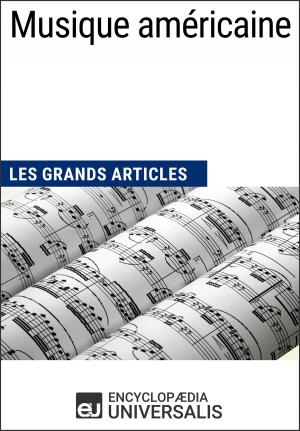Reading a Writer's Mind: Exploring Short Fiction - First Thought to Finished Story
Nonfiction, Reference & Language, Language Arts, Writing & Publishing, Publishing, Writing Skills, Reference| Author: | Linda Acaster | ISBN: | 9781466095731 |
| Publisher: | Linda Acaster | Publication: | September 2, 2011 |
| Imprint: | Smashwords Edition | Language: | English |
| Author: | Linda Acaster |
| ISBN: | 9781466095731 |
| Publisher: | Linda Acaster |
| Publication: | September 2, 2011 |
| Imprint: | Smashwords Edition |
| Language: | English |
Written by the author of over seventy published short stories and four novels, “Reading A Writer’s Mind: Exploring Short Fiction – First Thought to Finished Story” shows the detailed thinking behind the writing of ten stories across a range of genres and using different modes of delivery.
From initial idea, through the story itself, to a commentary explaining the decisions made during the writing, the book offers a unique insight into one writer’s creative process, setting a path to follow and showing the tools to use. Each commentary is concluded with suggestions for using the discussed techniques in the reader’s own fiction.
Sections include:
* Lyrical narrative v terse dialogue; using tone as a descriptive tool (Mainstream)
* Characterisation through deed and thought (Horror)
* A calendar structure using the Tell technique (Women’s Fiction)
* The importance of pacing, and of duping the reader (Twist in the Tail)
* The use of alliteration, rhythm and subliminal detailing (Romance)
* Using the Show technique to elicit an emotional response (Cross-generational)
* Building fiction from a given line using an unsympathetic narrator (Crime)
* Working with a parallel storyline via past and present tense (SF)
* Making the everyday fantastical by preying on insecurities (Fantasy)
* Writing for performance and sound effects (Historical)
* Editing: ten common problems explored
Linda Acaster has been a tutor for a UK distance learning college, and is a reader for a leading London literary consultancy. Her instructional articles on the techniques of creating fiction have appeared in writers’ journals in both the UK and USA. She gives talks and leads writers’ workshops across the north of England. “Exploring Short Fiction – First Thought to Finished Story” is the first in the “Reading a Writer’s Mind” series.
Written by the author of over seventy published short stories and four novels, “Reading A Writer’s Mind: Exploring Short Fiction – First Thought to Finished Story” shows the detailed thinking behind the writing of ten stories across a range of genres and using different modes of delivery.
From initial idea, through the story itself, to a commentary explaining the decisions made during the writing, the book offers a unique insight into one writer’s creative process, setting a path to follow and showing the tools to use. Each commentary is concluded with suggestions for using the discussed techniques in the reader’s own fiction.
Sections include:
* Lyrical narrative v terse dialogue; using tone as a descriptive tool (Mainstream)
* Characterisation through deed and thought (Horror)
* A calendar structure using the Tell technique (Women’s Fiction)
* The importance of pacing, and of duping the reader (Twist in the Tail)
* The use of alliteration, rhythm and subliminal detailing (Romance)
* Using the Show technique to elicit an emotional response (Cross-generational)
* Building fiction from a given line using an unsympathetic narrator (Crime)
* Working with a parallel storyline via past and present tense (SF)
* Making the everyday fantastical by preying on insecurities (Fantasy)
* Writing for performance and sound effects (Historical)
* Editing: ten common problems explored
Linda Acaster has been a tutor for a UK distance learning college, and is a reader for a leading London literary consultancy. Her instructional articles on the techniques of creating fiction have appeared in writers’ journals in both the UK and USA. She gives talks and leads writers’ workshops across the north of England. “Exploring Short Fiction – First Thought to Finished Story” is the first in the “Reading a Writer’s Mind” series.
